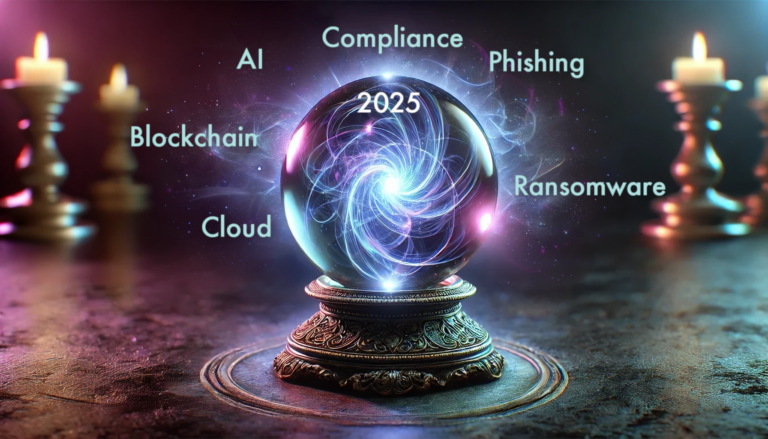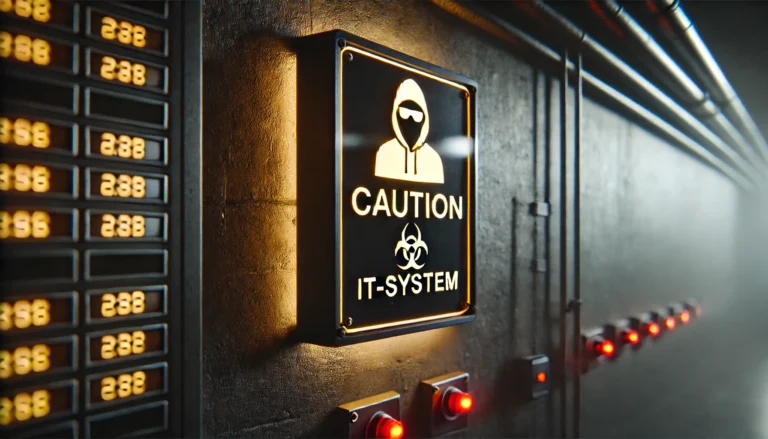In today’s security landscape, teams face a paradox. While alerting systems serve as the digital nervous system of security operations, organizations frequently oscillate between two dangerous extremes: the paralyzing fear of making wrong decisions and the dangerous routine of indifference.

The Future of Cybersecurity: Trends to Watch in 2025
As we approach 2025, the cybersecurity landscape is rapidly evolving, driven by advancements in technology and increasingly sophisticated threats. Artificial intelligence is emerging as a double-edged sword, offering powerful defense capabilities while also empowering attackers. With new regulations and technologies like edge computing and blockchain reshaping the industry, organizations must adapt their strategies to stay ahead. This article delves into the key trends that will define the future of cybersecurity, providing practical insights and strategies to bolster defenses and ensure resilience in an ever-changing environment. Discover how to navigate these challenges and secure your organization’s future.


